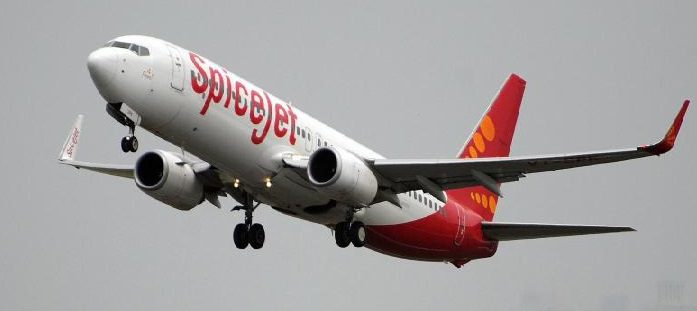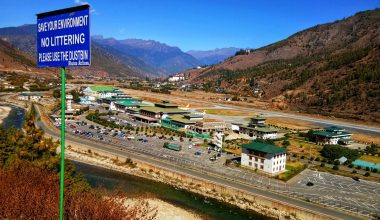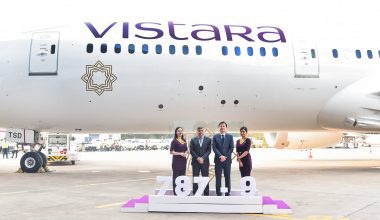Despite the rejuvenation of air demand, India’s low-cost carrier SpiceJet is operating flights way below its capacity as the country’s civil aviation regulator ordered the carrier to slash its flight departures by 50% for eight weeks citing safety reasons in late July. Now, the Directorate General of Civil Aviation (DGCA) has clarified that the airline will be allowed to scale up its flight operations to full capacity in a phased manner upon fixing manpower and spare part shortages.
Reinstating flights gradually
DGCA will allow the budget carrier SpiceJet to restore its flight capacity gradually once it convinces the regulator that it has rectified the financial and technical support issues and can stockpile spare parts. SpiceJet must demonstrate its operational strengths to reinstate its capacity without compromising safety.

On July 27, DGCA issued an interim order to restrict the number of approved departures of SpiceJet to 50% following an unusually high number of safety incidents involving the carrier. In the light of findings of various spot checks, inspections, and SpiceJet’s reply to the show-cause notice, the Indian aviation regular concluded that the airline was incapable of flying at full capacity and therefore directed the Gurgaon-headquartered carrier to curtail its approved flight departures.
According to the chief of the Directorate General of Civil Aviation, Arun Kumar, the carrier must have sufficient engineering support and the financial resources to replenish spares to safely upgrade its capacity. He mentioned that the carrier would return to its full capacity after resolving the issues concerning the shortage of manpower and spare parts.
Because of gradually failing safety standards in SpiceJet operations, the nation’s air safety body put SpiceJet under increased surveillance in July for a period of eight weeks. Before issuing restriction orders, on July 6, the DGCA had issued a show cause notice stating that the carrier had poor internal safety oversight and its mounting financial losses were leading to a ‘frequent shortage of spares.’
No compromise on safety
The DGCA’s chief, Arun Kumar, stresses that the regulator’s decision to cut SpiceJet’s half of its planned flight is not intended to disrupt the service but rather is a pre-emptive step to avoid safety issues in the future. While DGCA feels that the carrier is in the state to operate at only 50% of its capacity without jeopardizing safety currently, it also disregards the fact that the airline is not fit to fly.
As a part of the ‘enhanced surveillance,’ SpiceJet has rescheduled its operations for the period of eight weeks, in which it must sustain its efforts for safe and reliable air transport service. Once the ‘enhanced surveillance’ period is over, the DGCA will take the next step and decide whether the carrier has to perform further actions in the future.
Normal and on-schedule flight operations despite restrictions
Despite flight restriction orders for eight weeks, SpiceJet has said that it wouldn’t affect its current operations as it has not been operating flights fully over the last few months due to the lean travel season. The carrier reassured its passengers and travel partners that there would be normal and on-schedule flight operations in the coming days and weeks.

Under approved summer schedule 2022, SpiceJet was supposed to conduct 4,192 departures per week till October 29. However, in receipt of the DGCA order, it can only operate a maximum of 2,096 weekly flights over the observation period. Any increase in no. of departures beyond 50% is subject to the airline demonstrating satisfaction with DGCA conditions.
Financial woes and technical glitches
SpiceJet has been under the spotlight repeatedly over the last couple of weeks over a spurt in air safety incidents, inadequate maintenance actions, and mounting financial pressures. The aircraft operated by SpiceJet has reported frequent technical glitches, triggering negative publicity for the carrier. The weather radar in one of its freighter aircraft bound for Chongqing wasn’t working and forced to return to Kolkata after takeoff. Another aircraft deployed on the Delhi-Dubai route had a malfunctioning fuel indicator. Similarly, one aircraft flying on the Kandla-Mumbai route developed cracks on its windshield mid-air and had to perform a priority landing in Mumbai.
Technical woes aside, SpiceJet is facing financial setbacks, and recently DGCA deregistered three of its former Jet Airways Boeing 737 aircraft after failing to pay the lease amount on time. Coming days will show how SpiceJet will ride out the current storm and remove the dirty stain on its brand.






